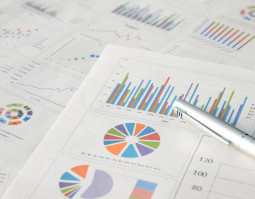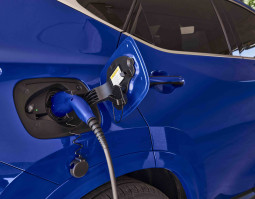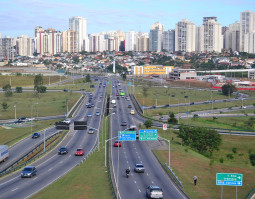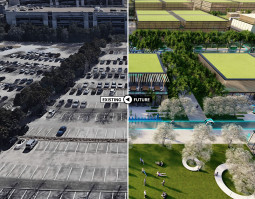
Opportunity
Multiple technological advances will interact with societal changes in demographics, socio-economics, and consumer needs to transform mobility for people across the globe. While the opportunities for positive change are great, so are the risks for negative outcomes. Can Industry, NGOs, and Government work together to consider how the future might unfold and prepare optimal strategies for all possibilities?
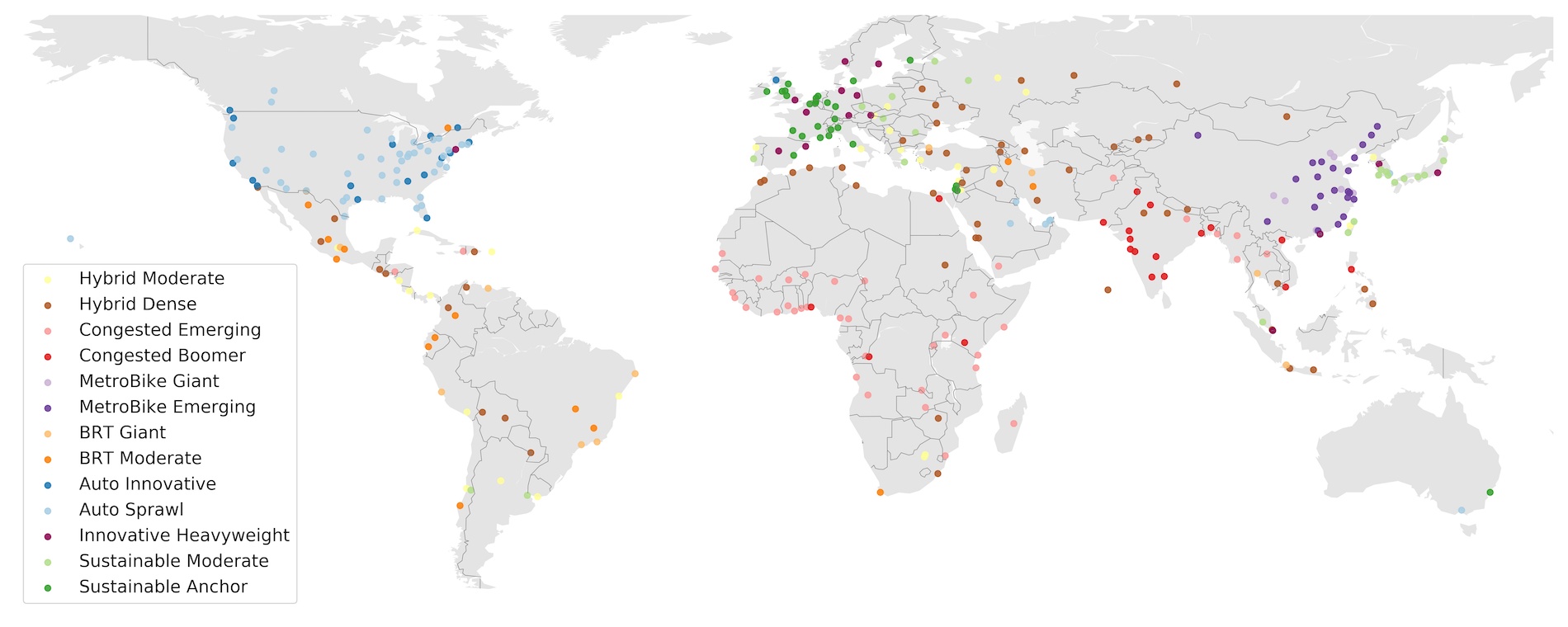
Our Approach
The Toyota Mobility Foundation is a member of a multi-stakeholder MIT interdisciplinary team that is developing future scenarios to anticipate consumer response to the complex interplay between new alternative fuels, vehicle automation, infrastructure innovations, new mobility business models, and government policy. TMF brings a unique voice to the study as we emphasize the importance of considering social equity factors such as historically under-represented and disadvantaged communities.
The study will offer guidance to stakeholders to inform their decision-making and improve policy proposals to address the impending changes.
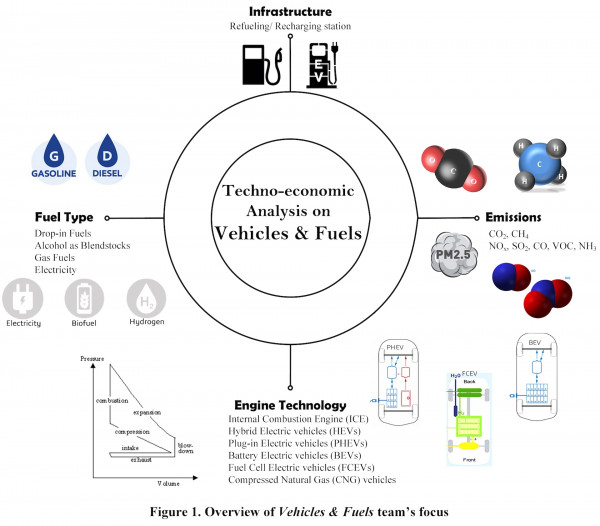
-
Our Timeframe
- August 2016
- September 2019
Our Goals
- Provide new insights into the future of mobility and the underlying factors that may drive outcomes.
- Answer fundamental questions on what combination of fuels and vehicles consumers will choose, and what effects these choices will have on the economy, environment, and overall community well-being.
- Explore a series of dynamic models at multiple levels from global economic and policy impacts to likely behavior change in local urban areas.
- Reveal clear traceable relationships between structure and behavior, and where the major uncertainties and leverage points exist.


